Vanilla cake is a timeless classic that never goes out of style. This homemade vanilla cake recipe is incredibly soft, moist, and full of rich vanilla flavor. Made with simple ingredients, it’s a foolproof cake that beginners and experienced bakers alike will love.
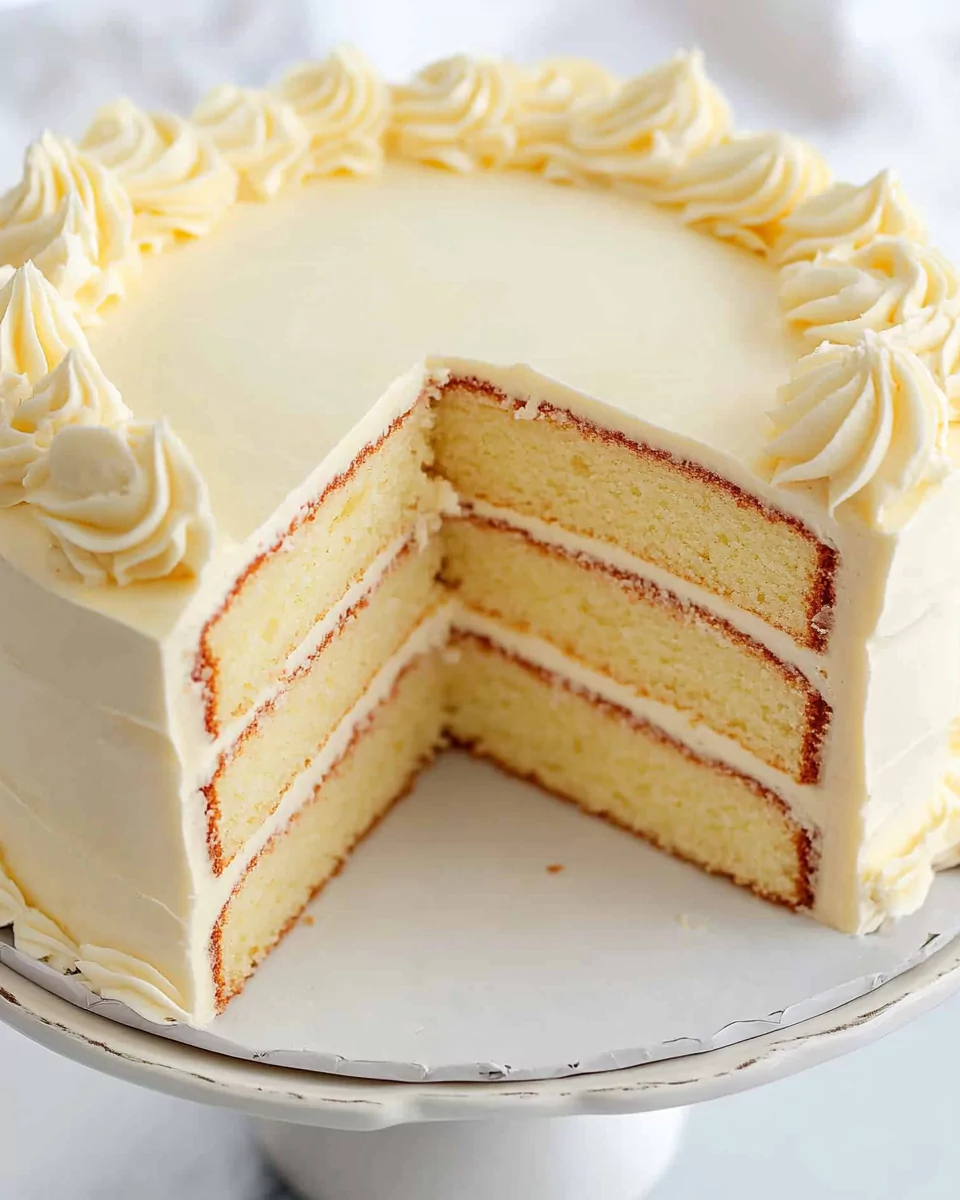
Whether you’re baking for a birthday, wedding, or just because, this cake is versatile enough to pair with any frosting. The buttermilk ensures a tender crumb, while high-quality vanilla extract enhances the flavor.
Why You’ll Love This Recipe
- Easy to Make: A one-bowl recipe with simple steps.
- Soft & Moist: The perfect balance of butter, eggs, and buttermilk.
- Customizable: Works as a layer cake, sheet cake, or cupcakes.
- Pairs with Any Frosting: Buttercream, chocolate, or cream cheese frosting.
Preparation Phase & Essential Tools
Tools & Equipment You’ll Need
- 9-inch round cake pans (2x) – Ensures even baking.
- Parchment paper – Prevents sticking.
- Stand mixer or hand mixer – Helps achieve a smooth batter.
- Mixing bowls – For dry and wet ingredients.
- Measuring cups and spoons – Ensures accuracy.
- Rubber spatula – For scraping down the bowl.
- Cooling rack – Cools cakes evenly.
- Toothpick or cake tester – Checks doneness.
Preparation Tips
- Room Temperature Ingredients: Bring butter, eggs, and buttermilk to room temperature for a smooth batter.
- Measure Flour Correctly: Spoon and level the flour instead of scooping to prevent a dense cake.
- Preheat the Oven: Ensure even baking by preheating to 350°F (175°C).
- Prepare Cake Pans Properly: Line the bottom with parchment and spray only the parchment to help the cake rise evenly.
Ingredients
Dry Ingredients
- 3 ¾ cups (390g) cake flour (or 3 cups (360g) all-purpose flour)
- 2 cups (400g) granulated sugar
- 1 tablespoon baking powder
- ½ teaspoon fine sea salt
Wet Ingredients
- 1 cup (2 sticks) unsalted butter, at room temperature
- 1 ½ cups (340g) buttermilk, at room temperature
- 1 tablespoon pure vanilla extract
- 3 large eggs, at room temperature
- 2 large egg whites, at room temperature
Step-by-Step Instructions
1. Prepare the Cake Pans
- Preheat the oven to 350°F (175°C).
- Line the bottoms of two 9-inch cake pans with parchment paper.
- Spray only the parchment with nonstick cooking spray (not the sides).
2. Mix the Dry Ingredients
- In a stand mixer with a paddle attachment, combine flour, sugar, baking powder, and salt.
- Stir on low speed until well combined.
3. Add the Butter
- Add the butter to the dry ingredients and beat on medium speed for 1 minute.
- The mixture should resemble a coarse, sandy texture.
4. Incorporate the Wet Ingredients
- Reduce the mixer speed to low and add the buttermilk and vanilla extract.
- Mix for 1 minute until combined, then increase to medium speed for 30 seconds.
- Scrape down the sides of the bowl to ensure even mixing.
5. Add the Eggs
- Reduce the mixer speed to low again.
- Add the eggs one at a time, mixing until fully incorporated.
- Add the egg whites and beat on medium-high speed for 30 seconds until the batter is smooth.
6. Divide & Bake
- Evenly divide the batter between the prepared cake pans.
- Smooth out the tops with a spatula.
- Bake for 25 to 30 minutes, or until:
- The edges are golden brown.
- A toothpick inserted into the center comes out clean.
7. Cool the Cakes
- Remove the cakes from the oven and let them cool in the pans for 5 minutes.
- Transfer them to a wire rack and let them cool completely before frosting.
Variations & Adjustments
- 9×13-inch Sheet Cake: Bake for 45 to 50 minutes.
- 24 Cupcakes: Bake for 30 to 35 minutes.
- Three 8-inch Cake Pans: Bake for 25 to 30 minutes.
Serving Suggestions
- Classic Buttercream Frosting: A light and fluffy vanilla buttercream enhances the cake’s rich flavor.
- Chocolate Frosting: A smooth chocolate buttercream or ganache adds a decadent contrast.
- Cream Cheese Frosting: A slightly tangy option that complements the sweetness.
- Fresh Berries & Whipped Cream: A lighter alternative for a refreshing, elegant presentation.
- Dusting of Powdered Sugar: For a simple, no-fuss finish.
- Drizzle of Caramel or Chocolate Sauce: Adds extra indulgence.
For a professional look, consider layering the cake with frosting and using a bench scraper for smooth sides. Garnish with fresh fruit, edible flowers, or sprinkles for a decorative touch.
Common Mistakes to Avoid & How to Fix Them
1. Overmixing the Batter
Issue: Overmixing leads to a dense, tough cake.
Solution: Mix only until ingredients are combined and smooth. Avoid excessive beating after adding eggs.
2. Incorrectly Measuring Flour
Issue: Too much flour results in a dry cake.
Solution: Use the spoon-and-level method instead of scooping directly from the bag.
3. Using Cold Ingredients
Issue: Cold butter, eggs, and buttermilk create an uneven texture.
Solution: Bring all ingredients to room temperature before starting.
4. Not Prepping the Cake Pans Properly
Issue: Cakes stick to the pan and break apart.
Solution: Line pans with parchment paper and spray only the parchment to help the cake rise evenly.
5. Baking at the Wrong Temperature
Issue: Too high causes dry edges, too low leads to undercooked centers.
Solution: Preheat the oven to 350°F and use an oven thermometer to ensure accuracy.
6. Removing the Cake Too Soon
Issue: Cakes fall apart when removed while still hot.
Solution: Let them cool in the pan for five minutes before transferring to a wire rack.
7. Frosting a Warm Cake
Issue: Warm cake melts the frosting, making it messy.
Solution: Allow cakes to cool completely before frosting. Freezing layers for 30 minutes can help with smoother frosting application.
Best Side Dishes to Serve with Vanilla Cake
A slice of vanilla cake pairs well with complementary flavors and textures. Here are some great side options:
- Fresh Berry Salad – A mix of strawberries, blueberries, and raspberries adds a refreshing contrast.
- Vanilla Ice Cream – A scoop of creamy ice cream enhances the cake’s flavor.
- Coffee or Espresso – A rich cup of coffee balances the cake’s sweetness.
- Whipped Cream & Honey Drizzle – Light and airy, this adds an extra touch of indulgence.
- Chocolate Sauce – A drizzle of warm chocolate sauce makes each bite extra decadent.
- Fruit Compote – A homemade berry or peach compote adds natural sweetness.
- Nut Brittle or Candied Nuts – Adds crunch and a caramelized flavor.
- Glass of Milk – A classic pairing that makes every bite extra comforting.
Storage Instructions
Room Temperature
- Store unfrosted cake layers wrapped in plastic wrap for up to 2 days.
- A frosted cake can sit at room temperature for up to 24 hours, covered with a cake dome or airtight container.
Refrigerator
- Wrap cake layers individually in plastic wrap and store them in an airtight container for up to 5 days.
- A fully frosted cake should be covered to prevent it from absorbing fridge odors.
- Allow refrigerated cake to come to room temperature for 30 to 60 minutes before serving for the best texture.
Freezer
- Wrap cooled cake layers tightly in plastic wrap, followed by a layer of foil. Store in a freezer-safe bag or container for up to 3 months.
- Frosted cakes can also be frozen. Let the frosting set, then wrap securely before freezing.
- To thaw, transfer to the refrigerator overnight and bring to room temperature before serving.
Reheating Instructions
Microwave (for individual slices)
- Place a slice on a microwave-safe plate.
- Cover with a damp paper towel and heat for 10 to 15 seconds to restore moisture.
Oven (for whole cakes or larger pieces)
- Preheat oven to 300°F (150°C).
- Wrap the cake loosely in foil to prevent drying out.
- Heat for 10 to 15 minutes or until warmed through.
Expert Tips for Perfect Vanilla Cake
- Use High-Quality Vanilla: A good-quality vanilla extract or vanilla bean paste makes a noticeable difference.
- Weigh Your Ingredients: Measuring by weight rather than volume ensures accuracy.
- Freeze Cake Layers Before Frosting: This reduces crumbs and makes decorating easier.
- Test for Doneness Properly: A cake tester or toothpick should come out clean, with a few moist crumbs.
- Avoid Overbaking: Remove the cake from the oven as soon as it’s fully baked to maintain a soft texture.
- Customize with Mix-Ins: Add sprinkles, citrus zest, or a hint of almond extract for a flavor twist.
Frequently Asked Questions (FAQs)
1. Can I make this cake ahead of time?
Yes, you can bake the cake layers up to two days in advance. Store them at room temperature, wrapped in plastic wrap. Alternatively, freeze them for longer storage.
2. Can I use all-purpose flour instead of cake flour?
Yes, but the cake will be slightly denser. To substitute, use 3 cups all-purpose flour plus 6 tablespoons cornstarch. Sift the mixture to ensure a light texture.
3. Why did my cake turn out dry?
Overbaking or too much flour can cause dryness. Use an oven thermometer for accuracy and measure flour with the spoon-and-level method.
4. Can I make this recipe without buttermilk?
Yes, you can substitute buttermilk with 1 ½ cups whole milk mixed with 1 tablespoon lemon juice or vinegar. Let it sit for 5 minutes before using.
5. How do I make this cake more moist?
- Do not overmix the batter.
- Use room temperature ingredients.
- Add an extra egg yolk for a richer texture.
- Brush cake layers with simple syrup before frosting.
6. Can I turn this into a chocolate vanilla marble cake?
Yes. Remove ½ cup of batter, mix it with 2 tablespoons cocoa powder, and swirl it into the vanilla batter before baking.
7. What is the best frosting for vanilla cake?
Classic vanilla buttercream is a favorite, but chocolate frosting, cream cheese frosting, or whipped cream also pair well.
8. Can I bake this as a sheet cake or cupcakes?
Yes:
- 9×13-inch cake pan: Bake for 45 to 50 minutes.
- Cupcakes: Bake for 30 to 35 minutes.
- Three 8-inch pans: Bake for 25 to 30 minutes.
Conclusion
This homemade vanilla cake is soft, moist, and easy to make. Whether you are baking it for a special occasion or a simple family dessert, it is a reliable, delicious recipe that never disappoints. With the right techniques, tools, and ingredients, you can achieve a professional-quality cake right in your kitchen.
Now that you know how to bake, store, and serve the perfect vanilla cake, it’s time to enjoy your creation. Pair it with your favorite frosting and toppings, and share it with friends and family.
Homemade Vanilla Cake
Ingredients
- 3 ¾ cups 390 grams cake flour (or 3 cups (360 grams) all-purpose flour)
- 2 cups 400 grams granulated sugar
- 1 tablespoon baking powder
- ½ teaspoon fine sea salt
- 1 cup 2 sticks unsalted butter, at room temperature
- 1 ½ cups 340 grams buttermilk, at room temperature
- 1 tablespoon pure vanilla extract
- 3 large eggs at room temperature
- 2 large egg whites at room temperature
Instructions
- Preheat the oven to 350°F. Line the bottoms of two 9-inch cake pans with parchment paper and spray only the parchment with nonstick cooking spray. Do not spray the sides of the pans.
- In a stand mixer fitted with a paddle attachment, combine the flour, sugar, baking powder, and salt. Stir to combine.
- Add the butter and beat on medium speed for 1 minute until the mixture resembles a coarse texture.
- Reduce the mixer speed to low and add the buttermilk and vanilla. Mix for 1 minute until combined, then increase the speed to medium and beat for 30 seconds. Scrape down the sides of the bowl.
- Reduce the mixer speed to low again and add the eggs, one at a time, mixing each until fully incorporated. Add the egg whites and beat on medium-high speed for 30 seconds until the batter is smooth.
- Divide the batter evenly between the prepared pans and smooth out the tops.
- Bake for 25 to 30 minutes, or until the edges are golden brown and a toothpick inserted into the center comes out clean.
Notes
Vanilla: Use high-quality vanilla extract or vanilla bean paste for the best flavor.
Dark Edges: If your oven runs hot and the cake edges darken, wrap the cooled layers in plastic wrap and wait 24 hours before frosting.
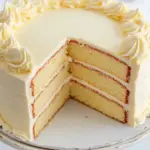
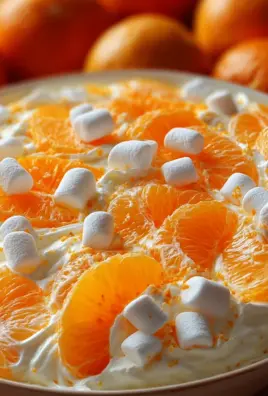
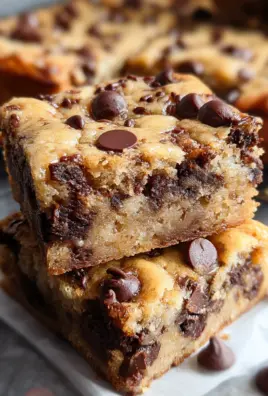
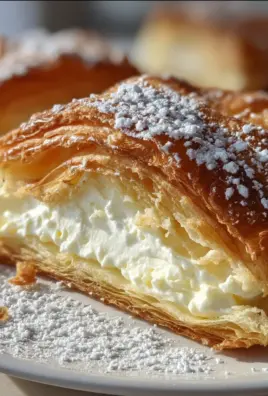
Leave a Comment